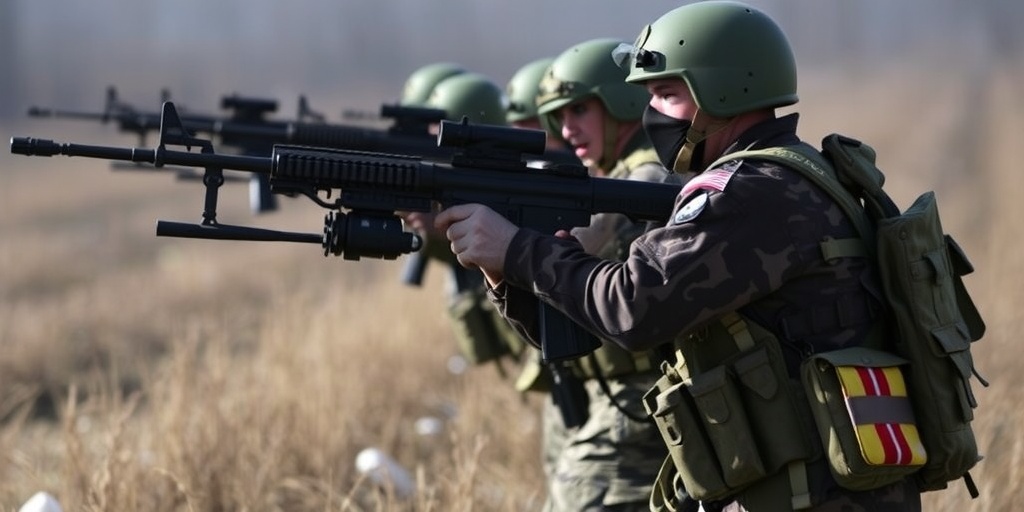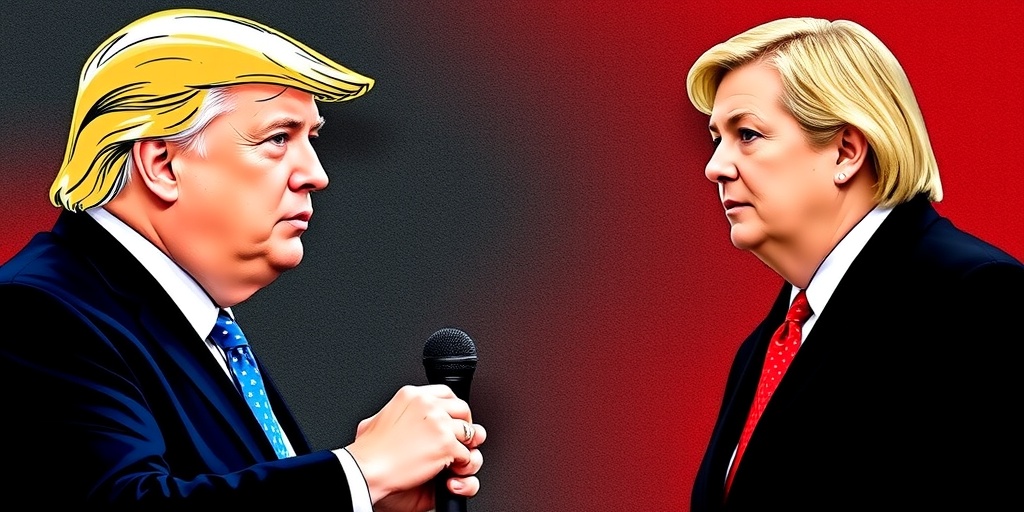Now Reading: How Soon Could Ukraine’s Forces Waver Without U.S. Arms?
-
01
How Soon Could Ukraine’s Forces Waver Without U.S. Arms?
How Soon Could Ukraine’s Forces Waver Without U.S. Arms?

Title: The Imperative for Sustained U.S. Support for Ukraine
As the conflict between Ukraine and Russia continues to intensify, concerns grow over the sustainability of Ukrainian military efforts in the absence of substantial support from the United States. The Ukrainian army, once bolstered by American-made weapons, faces a precarious situation, hinging on the timeline for Europe and Ukraine to compensate for artillery, missiles, and air-defense systems previously supplied by the U.S.
In the current fiscal year, the U.S. had committed to offering as much as $11 billion in military aid to Ukraine, encompassing a mix of equipment sourced from Pentagon stockpiles and newly contracted defense systems. However, recent analyses indicate that the actual financial commitment could be closer to $9 billion, raising alarms about the potential dwindling of military assistance, particularly as talks surface regarding a halt in further aid.
Despite European nations asserting their unwavering support for Ukraine, the prospect of quickly filling the void left by American military supplies appears bleak. European defense industries have made strides to ramp up production; however, they often do so inconsistently, as individual countries wrestle with balancing their own military needs against the urgent demands of Ukraine.
“Europe can’t possibly replace American aid,” asserted Lt. Gen. Ihor Romanenko, a former deputy of Ukraine’s military general staff, highlighting the critical role the U.S. plays in sustaining Ukraine’s defense capabilities. Compounding the issue, Ukrainian officials have indicated that while they are actively producing drones and artillery systems domestically, the reliance on U.S. support remains significant. Ukraine’s Prime Minister Denys Shmyhal emphasized the nation’s ability to sustain its military front for an estimated six months in the absence of systematic American assistance, though this assessment is subject to skepticism from military analysts.
According to Mark F. Cancian of the Center for Strategic and International Studies, the situation could become dire within a mere four months without renewed American military support. He argues that the depletion of critical munitions and equipment would lead to a weakening of Ukrainian forces, potentially resulting in an unfavorable cease-fire with Russia.
The urgency of the situation prompted European Commission President Ursula von der Leyen to unveil an ambitious $841 billion initiative aimed at bolstering defense budgets across Europe and enhancing joint procurement strategies to expedite weapons manufacturing. However, past efforts have often stalled amidst competing domestic priorities and a sluggish production landscape unable to meet wartime demand.
Despite the dwindling American contribution, which reportedly constitutes only about 20 percent of recent military supplies, this share remains crucial, as it encompasses the most advanced and lethal weaponry that Ukraine relies upon. Analysts underline that while Ukraine is not on the brink of collapse, the cumulative effects of reduced American support could significantly impair its military operations over time.
As the conflict continues, Ukraine strives to enhance its self-sufficiency, with plans to allocate 26 percent of its national budget to defense this year. Efforts to produce advanced weaponry, including sophisticated air defense systems comparable to the U.S.-made Patriot system, are underway. Notably, Ukraine managed to fabricate over a million first-person-view drones last year and aims to augment such production in the coming years.
Yet, the stark reality remains: the constant barrage of Russian attacks necessitates that Ukraine prioritizes its defensive capabilities, often leading to tough decisions on resource allocation. The extensive demand for nuanced air defense systems, compounded by limitations in production capacity, poses an ongoing challenge as Europe grapples with the logistics of arms manufacturing.
In this context, some experts warn of the repercussions of reducing American military aid. “Halting security assistance will only make it more challenging for Ukraine to achieve a lasting resolution to the war,” emphasized David Shimer, a former director for Eastern Europe and Ukraine at the National Security Council. He argues that the goal should be to bolster Ukraine’s position, ensuring they retain leverage in future negotiations with Russia.
In conclusion, the situation in Ukraine underscores an urgent need for continued international support, particularly from the United States. As tensions persist and the humanitarian crisis escalates, the commitment of resources will play a critical role in determining the outcome of this ongoing conflict and the future of Ukraine itself. The recent discussions of aid cuts highlight a precarious crossroads—one where the choices made by allies could have far-reaching consequences for Ukraine’s sovereignty and stability.
Stay Informed With the Latest & Most Important News
Previous Post
Next Post
-
 01New technology breakthrough has everyone talking right now
01New technology breakthrough has everyone talking right now -
 02Unbelievable life hack everyone needs to try today
02Unbelievable life hack everyone needs to try today -
 03Fascinating discovery found buried deep beneath the ocean
03Fascinating discovery found buried deep beneath the ocean -
 04Man invents genius device that solves everyday problems
04Man invents genius device that solves everyday problems -
 05Shocking discovery that changes what we know forever
05Shocking discovery that changes what we know forever -
 06Internet goes wild over celebrity’s unexpected fashion choice
06Internet goes wild over celebrity’s unexpected fashion choice -
 07Rare animal sighting stuns scientists and wildlife lovers
07Rare animal sighting stuns scientists and wildlife lovers





















